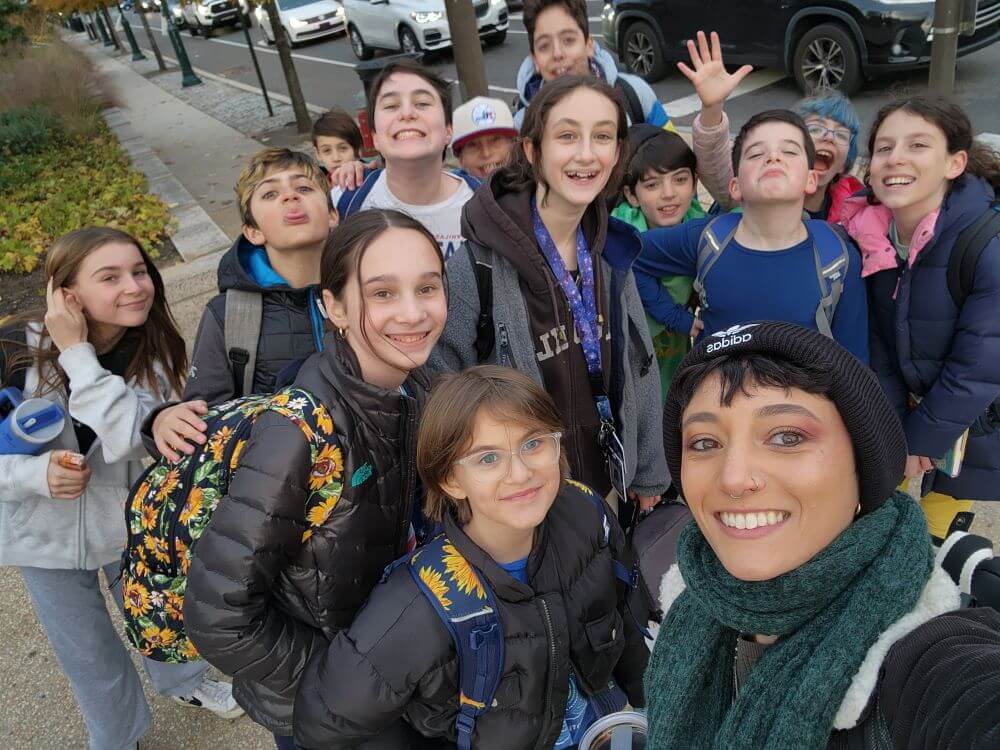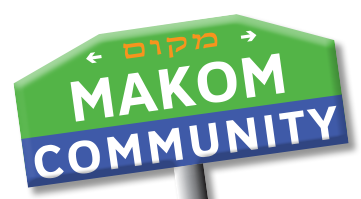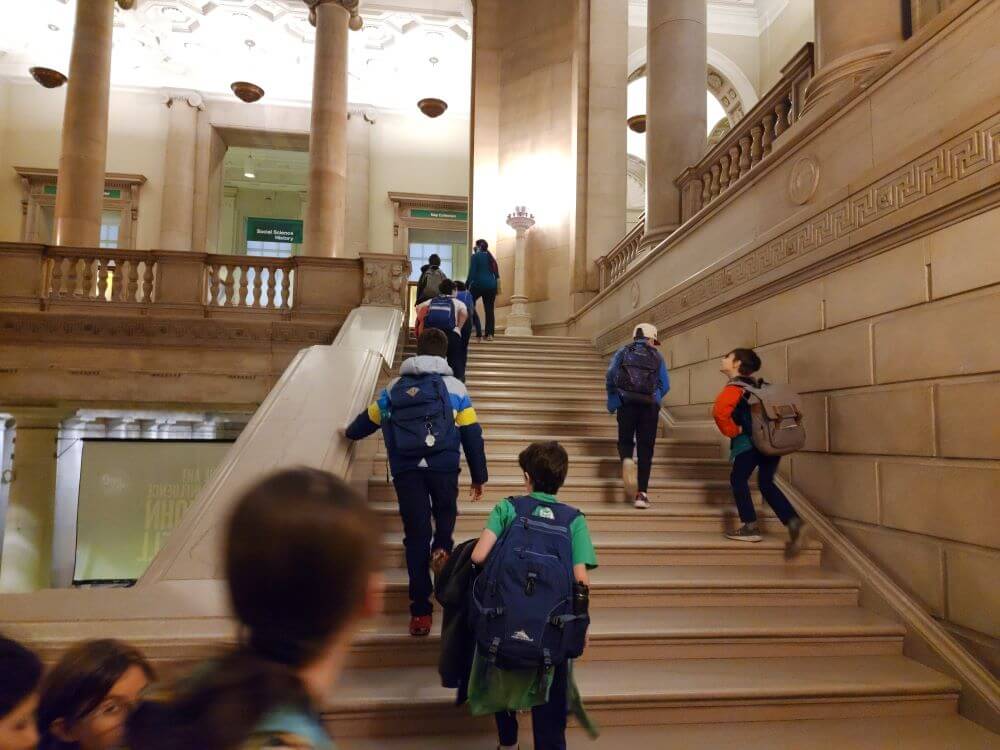
Jewish Folklore is a body of work amassed over thousands of years of everyday storytelling that reflects the values, superstitions, beliefs, and fears of the global Jewish community. I became enamored by folklore when I was just a kid, confused by the fact that such stories, many of which are quite dark and spooky, were traditionally created for and shared with children. This is one of the main reasons why I chose Jewish Folklore as the focus of this year’s Rosh Pinah (cornerstone) project for the Anafim cohort. Rosh Pinah at Makom Community is a variation of project-based learning that invites learners to explore a broad topic connected to Jewish wisdom. I wanted to challenge the learners to think critically about the purpose of these stories in aiding our understanding of the people who created them, our community, and how their perspectives can help us better understand ourselves and the Jewish community in the context of the modern world.
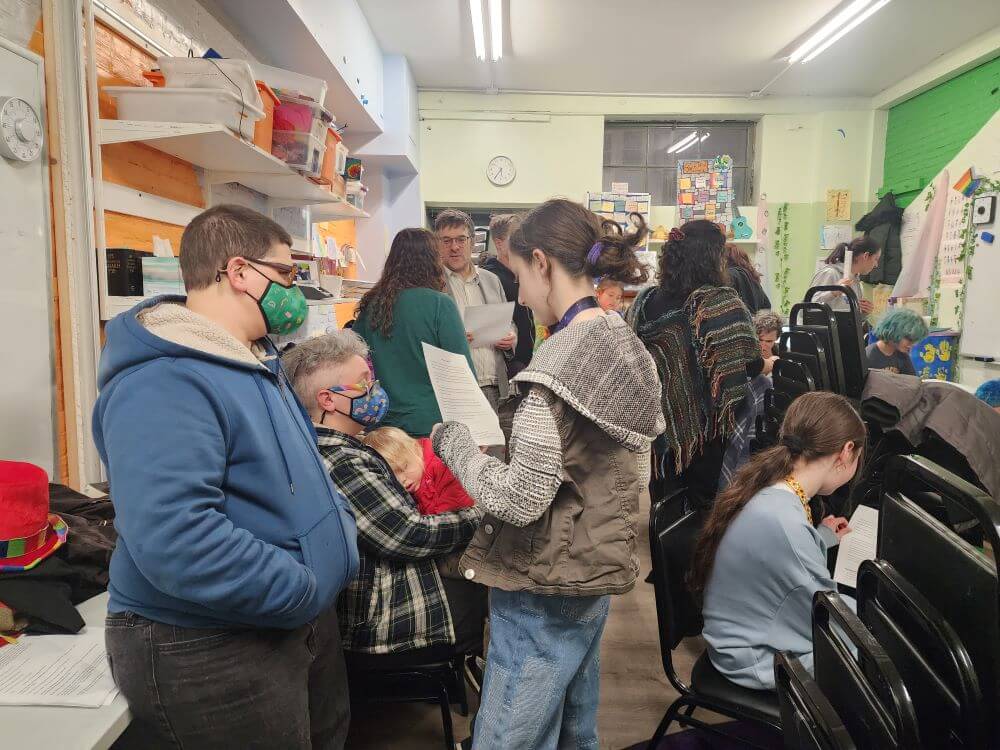
The learners were immediately engaged by the variety within and quirkiness of Jewish folktales. We were all excited by the opportunity to add to the global inventory of Jewish folklore ourselves, by creating and adapting stories that compelled us to investigate them further. After choosing their stories, the kids were then tasked with connecting their chosen folktales to related themes in Tanakh or Jewish prayer.
To build on the momentum of the learners’ eagerness, I guided the cohort in the planning, direction, and production of our film adaptation of a folktale. Collectively, we decided how to put our own spin on a story of Chelm, The Sages of Chelm & The Moon. This experience made folklore adaptation accessible and allowed us to practice it on our terms. Not to mention, it showed the kids how Jewish folklore, in all its ambiguity, could spark joy and ingenuity.
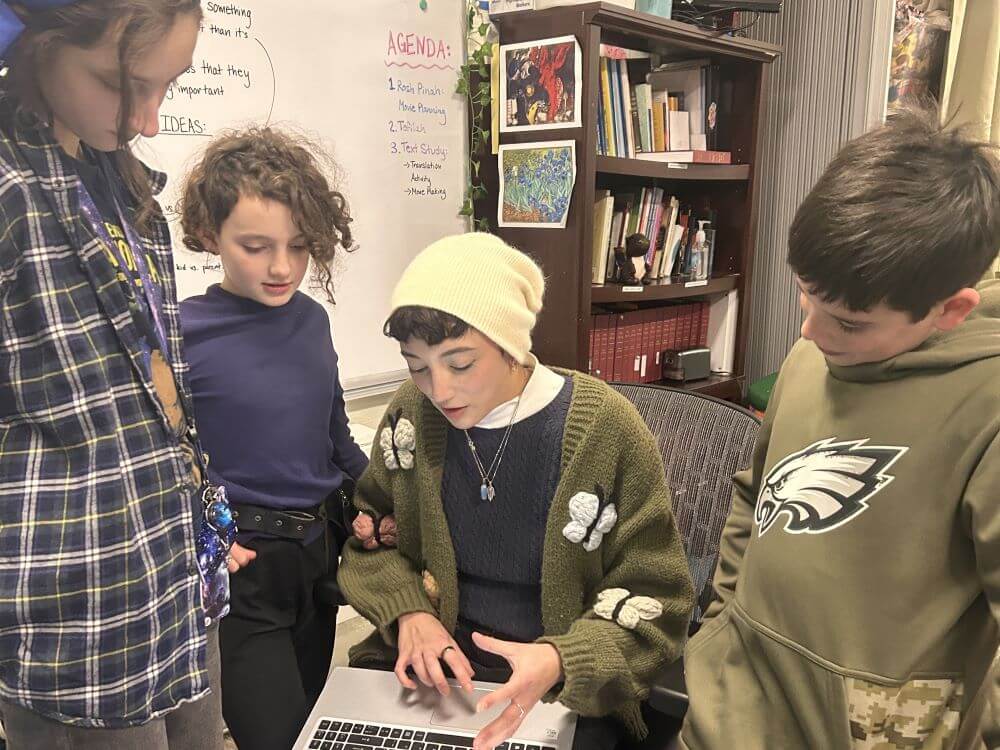
After our film production, it was time for us to venture to the library for inspiration. Once the kids had explored their options and found stories that spoke to them, the insights they gleaned from their projects were extraordinary. A pair of kids who adapted an eerie tale of possession into a Dungeons and Dragons-inspired game breakdown found that the unpredictability of life invites us to apply who we are and what we have at our disposal. Another kid turned a fairytale about miscommunication into a one-man show that conveyed the value of unconditional loving-kindness. There were video retellings, board games, scripts, and animations. One learner turned a supernatural tale of trust, selflessness, and generosity into a lovely watercolor painting of a candle, which expressed the bright, warm nature of generosity itself. Each folktale adaptation and recreation was unique and sage.
At long last, it was time to present the projects that the Anafim learners earnestly devised. We crammed grownups, siblings, and grandparents into the backrooms of our Lab School for a screening of A Very Chelmy Movie and a gallery walk perusal of the kids’ hard work. The pride, gratitude, and wisdom that emanated from the room was evident. It was then that I realized that as a cohort, we were able to truly connect to those who had originally told these stories some centuries, millennia ago. We didn’t always agree with the lessons proposed by these stories at face value, in fact, we often didn’t because many folktales are dated. But with this in mind, the kids were able to use discernment and integrity to build on skills they acquired through years of text study during their time at Makom. In this way, the Anafim cohort became folklorists and storytellers and I am honored to have been their introduction to the Jewish folklore. I know now that they are well equipped to appreciate Jewish folklore for what it is, our community’s stories, which they have the privilege to add to for the rest of their lives.
